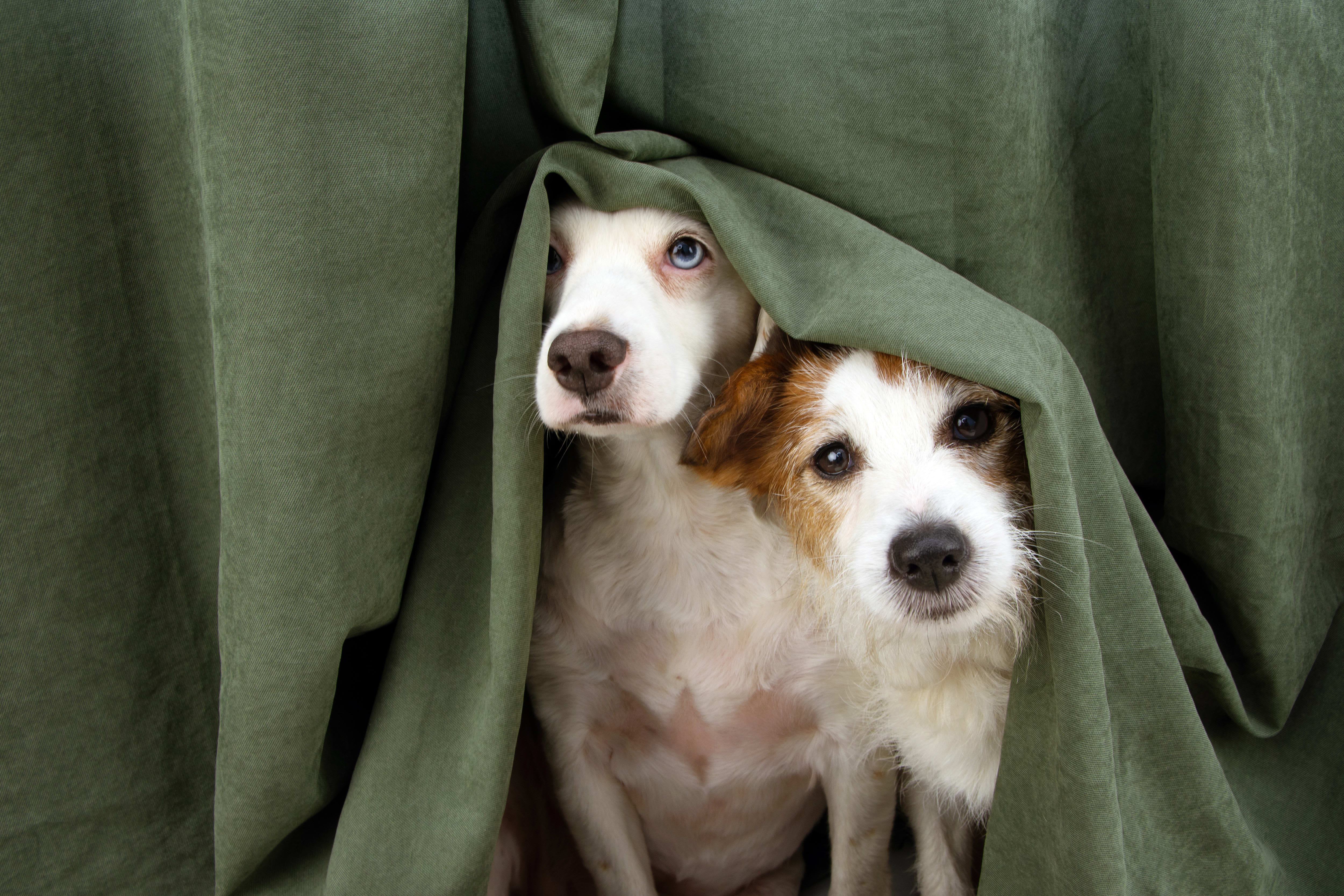Let's Meet Some Adorable Future Guide Dogs

Image: Hannah Phillips
Floppy ears, big eyes, tender paws and earnest faces—puppies evoke an instant cuddle response in humans. But they can also change lives.
That's the case for Katie McCoy, 33. Born with a genetic eye disorder and legally blind, she was barred from everyday functions, like going out after sundown.
But that changed when she was matched with Bristol, her guide dog, in 2015. Since then, the pair have since visited Disney World and hiked through national parks. And, most importantly, Bristol has helped McCoy gain independence. In fact, she now works on Southeastern Guide Dogs’ philanthropy team.

Image: Hannah Phillips
Founded in 1982, the nonprofit has grown exponentially since its humble beginnings as a farmhouse on an orange grove in Palmetto. Now, Southeastern Guide Dogs help veterans deal with the effects of depression and anxiety and offer emotional support to military children and families grieving the loss of a loved one to active service. They’re also companion dogs to children with visual impairments (although you must be 18 years old to have a formal guide dog).
“There's a lot of anxiety when you have vision challenges, and dogs can be comforting," says Lisa O’Kane, Southeastern Guide Dogs' vice president of operations, who has part of the team for 11 years. "Children in the program can learn how to care for their companion dog and find purpose. We've seen kids who are depressed able to have a life again. Even just hugging the dogs is proven to lower blood pressure.”

Image: Hannah Phillips
And the dogs do more than guide those with visual challenges. “They are specifically matched [with their owner] and can perform retrieval if someone can't move well, or offer a brace for their owner to get up if they fall. They can also create a physical buffer between their owner and others in social settings to ensure they have space," O'Kane says.
And sometimes, an unexpected skillset comes to light.
One veteran’s guide dog can sense when he’s about to have a terrible migraine, which often leads to hospitalization. While the veteran's dog is trained to retrieve his sealed migraine medication, he began bringing it over to his owner before the migraine set in. This allowed the veteran to take the medicine ahead of time, intercepting the headache, recounts McCoy.
“It was a surprise, and it’s not guaranteed,” she says. But even her dog Bristol now alerts her when she has a stomach issue due to a disorder that flares up. “Bristol gets excited and jumps all over me. She was not trained to do that, but now I know what she means. We have also trained our dogs to sniff Covid,” she adds.

Image: Hannah Phillips
The heroic dogs are all Labrador retrievers, bred on campus, and they begin training almost immediately. "We want them to know humans are the best," O'Kane says. The puppies live on campus for roughly eight weeks, spending six of those with their mom. Then they're placed with a volunteer puppy raiser for 14 to 16 months while they’re introduced to different sounds, social settings and environments, in addition to being crate-trained and potty-trained. They're also socialized with other dogs and learn how to make decisions in the face of physical obstacles and vehicular traffic.
The volunteer puppy raisers receive support throughout their journey, in addition to supplies like food and a crate. In all, each dog incurs costs of roughly $60,000, all funded by private donations. But for their owners, the dogs are free, and Southeastern Guide Dogs provides ongoing veterinary care.

Image: Hannah Phillips
Once the dogs return to campus, their new owners live there with them for up to three weeks of additional training, support and assessment before a match is finalized.

Image: Hannah Phillips
Since 1982, the nonprofit has placed roughly 3,400 dogs across 48 states at a rate of 125 to 150 dogs a year. Today, the need is at the highest staff has ever seen, according to O'Kane, following a long gap in breeding due to Covid restrictions. There are roughly 300 people on the waitlist for a guide dog.
The biggest challenge, outside of funding, is finding puppy raisers. At first, potential volunteers often say they don’t know if they can part with their dog after they bond, but once they see the dogs' impact firsthand, “there’s a lightbulb moment and they want to repeat the experience,” O'Kane says. Still, when the number of volunteer puppy raisers falls short of need for dogs, Southeastern Guide Dogs sometimes has to skip breeding cycles, further delaying its efforts to respond to demand.

Image: Hannah Phillips
Anyone can be a puppy raiser, and the role comes with a Southeastern Guide Dogs puppy raiser advisor. There are regular support meetings online and in person, and people don't even have to be a previous dog owner or work from home. "Puppy raisers are everyone from people working the front desk at the Sarasota Orchestra to people running a yoga studio or going to college," O'Kane says.
To sign up for a guided campus tour and learn about Southeastern Guide Dogs, click here. And if you're interested in learning more about the impact of guide dogs and companion dogs, check out Beyond the Dark at Lakewood Ranch Cinemas on Thursday, April 25, from 5:30 to 7 p.m. for an immersive, multi-sensory experience where attendees can step into the shoes of someone living with vision loss or experience veteran combat memories.



